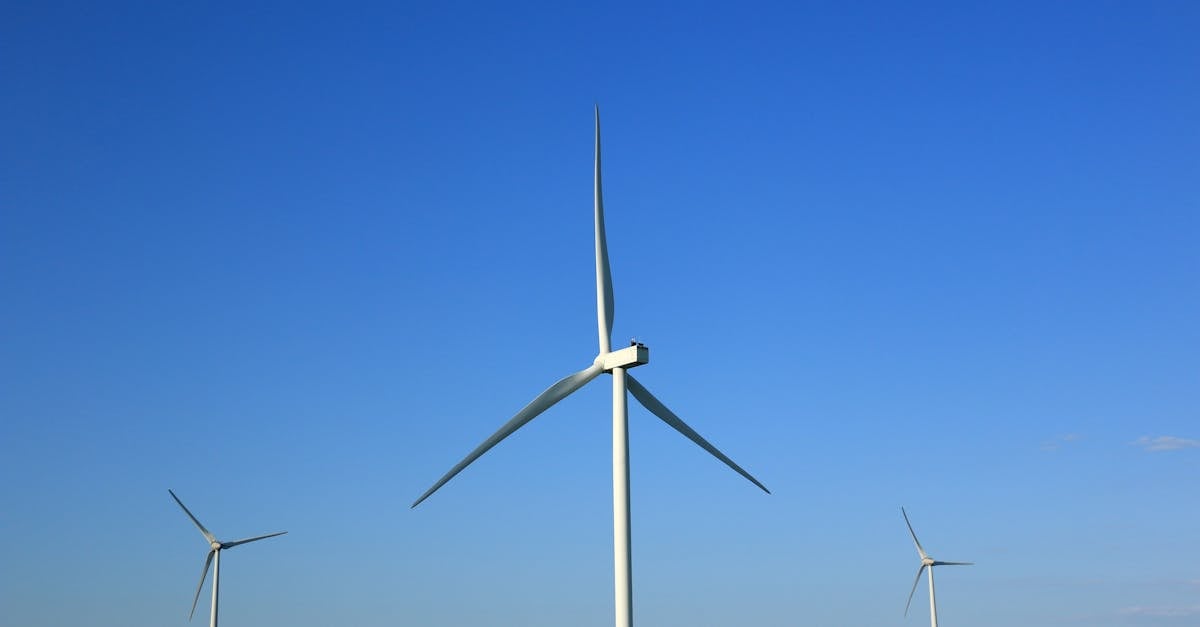
What sectors benefit from biomassHow to Create a Green Roof energy?
Various sectors benefit from biomass energy, including agriculture, waste management, and the energy sector. It is used in producing biofuels, managing waste, and providing renewable energy solutions. What does the future hold for biomass energy? The future of biomass energy looks promising, with ongoing innovations aimed at improving efficiency and sustainability. Research is focused on advanced conversion technologies and integrating biomass into broader energy systems.What are the benefits of smart grids for energy efficiency
Energy Efficient Cheshire
ation Techniques are Essential in Sustainable Building
Roundup of the Best Energy-Efficient Lighting Solutions